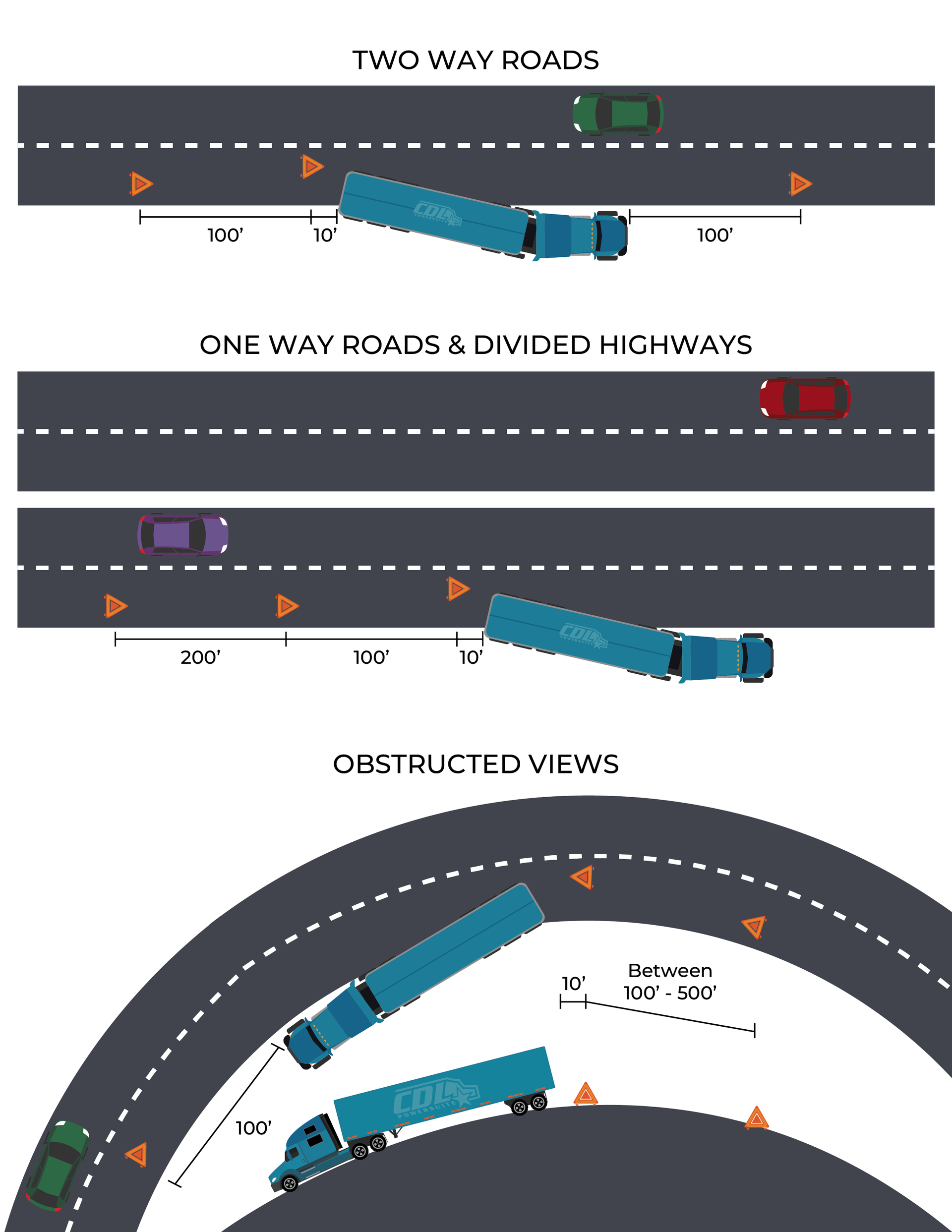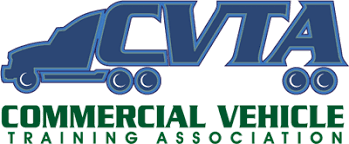Teaching Speed Management
Jason Boudreau • March 25, 2025
Controlling speed is one of the most essential safety principles new CDL drivers must learn—and as an instructor, it's your job to ensure this lesson sticks. Speed mismanagement is a top contributor to serious crashes involving commercial motor vehicles. The ability to recognize when and how to adjust speed—based on road conditions, visibility, vehicle weight, traffic, and terrain—is foundational to safe driving and a key component of the ELDT curriculum under Section 1.2.4: Basic Operating Procedures.
In this article, we’ll explore how to effectively teach speed control and stopping distance using both theory and practical application, drawing from the
Washington State CDL Handbook and FMCSA guidelines.
Why Speed Control Must Be a Priority in CDL Instruction
Speed affects nearly every aspect of vehicle control. It impacts:
- Stopping distance
- Maneuverability
- Tire traction and braking efficiency
- Crash severity and survivability
Teaching students to understand and respect speed limits, but more importantly, how to
adjust speed appropriately for the conditions, is crucial to preparing them for real-world driving.
The Formula for Total Stopping Distance
Stopping distance is the total distance a vehicle travels from the moment a driver perceives a hazard until the vehicle comes to a complete stop. Teach students that stopping distance is made up of three components:
Total Stopping Distance = Perception Distance + Reaction Distance + Braking Distance
Perception Distance:
The distance your truck travels from the moment you see a hazard until your brain recognizes the need to stop. This typically takes about 1.75 seconds.
Reaction Distance: The distance traveled from the time you decide to hit the brakes until you actually do so. On average, this also takes about 1.75 seconds.
Braking Distance:
The distance your truck travels after the brakes are applied until it comes to a full stop. This depends heavily on weight, road conditions, and brake efficiency.
Example from the Washington CDL Handbook:
- Perception Distance: ~142 ft at 55 mph
- Reaction Distance: ~61 ft at 55 mph
- Braking Distance: ~216 ft at 55 mph
- Total Stopping Distance: ~419 ft (about 1.4 football fields)
Instructor Tip: Compare distances to common landmarks like football fields or semi-trailer lengths.

The Effect of Speed on Stopping Power
Stress that as speed increases, stopping distance increases
exponentially, not linearly.
- Doubling speed = 4x impact
- Triple speed = 9x braking distance
This principle helps students understand that even a small increase in speed can drastically reduce their ability to stop in time.
The Role of Road and Weather Conditions
As outlined in
Section 2.6.2 of the handbook, slippery surfaces can
double or triple the stopping distance. Instructors should train students to reduce speed:
- By
one-third on wet roads (e.g., 55 → 35 mph)
- By
one-half on packed snow
- To a
crawl on icy roads
Teach visual indicators of slippery conditions: shaded areas, bridges, melting ice, and black ice.
Vehicle Weight and Load Impact
Heavy vehicles take longer to stop. Counterintuitively,
empty trucks can also have reduced traction, especially in poor weather. Emphasize that:
- Fully-loaded trucks are harder to stop due to greater momentum.
- Empty trucks may
skid more easily, especially in rain or snow.
Instructors should encourage students to adjust braking and following distances depending on their load.
Speed on Downgrades
Downhill driving requires planning and restraint. Teach students:
- Gravity increases speed—plan ahead.
- Use
engine braking and
lower gears before the descent.
- Avoid riding the brakes—this causes overheating and failure.
Use real-world hill training (if available) to practice downshifting and safe descent speeds.
Teaching Snub Braking on Downgrades
As part of effective speed management on steep declines, CDL instructors must teach
snub braking—a key braking technique that prevents brake overheating and maintains control. Snub braking involves applying the brakes firmly to slow the vehicle by approximately
5 mph below the designated safe speed, then
releasing the brakes to let them cool as the vehicle gradually accelerates back to that safe speed. This cycle is repeated throughout the descent. Instructors should emphasize that this method is far safer than riding the brakes continuously, which can lead to
brake fade or failure due to excessive heat. During practical training, have students practice snub braking in a controlled environment or simulation. Reinforce the importance of selecting the proper
low gear
before beginning the downgrade and using the
engine brake to assist in maintaining speed. By teaching snub braking as part of a complete downhill driving strategy, instructors equip future drivers with the tools they need to stay safe on some of the most dangerous stretches of road.
Best Practices for Instructors
- Scenario-Based Training:
Create situations like “rain on a steep downgrade” or “following too closely in traffic” and ask students how they’d adjust speed.
- Emphasize Pre-trip Planning:
Reinforce that route planning should account for steep grades, weather forecasts, and load weight.
- Reinforce with Repetition:
Speed management should not be a one-time lesson—revisit it during shifting, turning, following distance, and emergency braking topics.
Final Thoughts
Controlling speed isn’t just about obeying speed limits—it’s about knowing when to
slow down based on conditions and when to maintain safe spacing. As instructors, your approach should blend practical, real-world wisdom to prepare your students for success—and survival—on the road.
Your students may never remember the exact number of feet in their perception distance, but they will remember the impact of your lessons when they’re staring down a steep downgrade in the rain. Teach them to
respect the road, manage their speed, and always leave enough room to stop.






